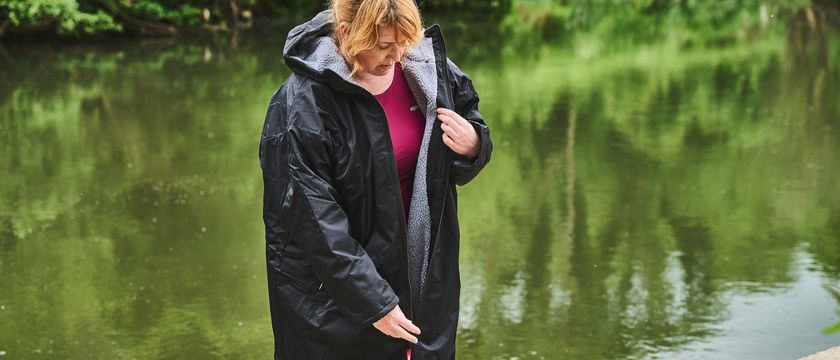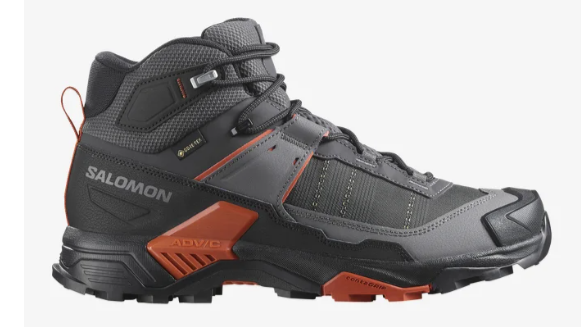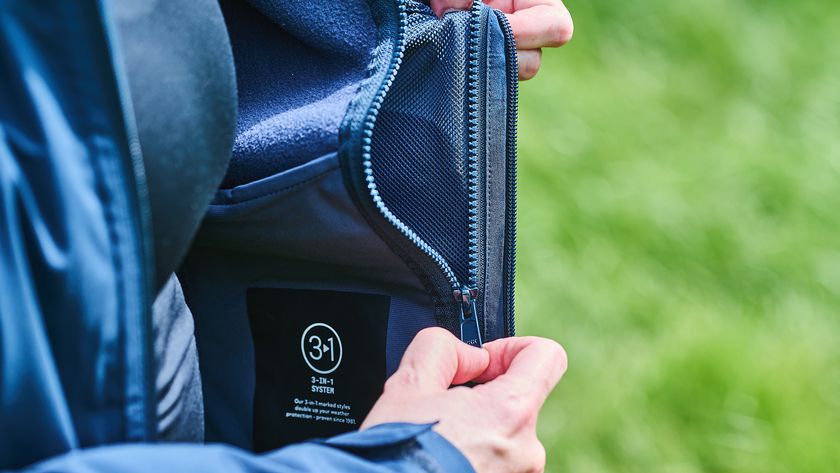How to make a wormery
Worms are a devastating year-round bait for all kinds of fish... so why not make a wormery?
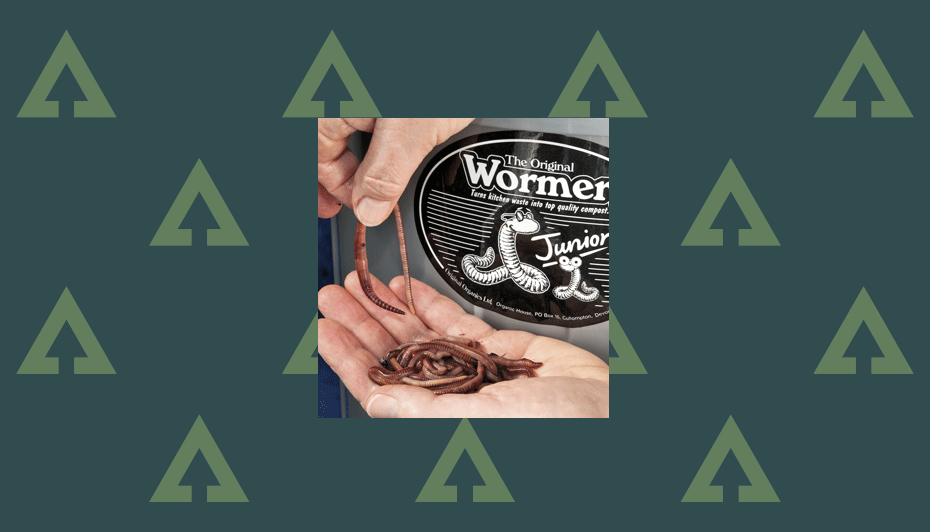
Welcome to Advnture, the new home of AnglersMail.co.uk
You can simply collect worms from your garden and fish them the same or next day but, for longer upkeep and for a regular supply of worms, it’s best to create your own wormery.
Here’s how set up and use a wormery…

1 You can buy your own wormery from garden centres like this example. To start simply empty the wormery of all its contents. If you have any difficulty in extracting the platform, push down firmly on the outer edge.
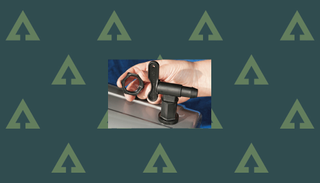
2 Assemble the tap. Locate in the hole and hand tighten firmly with the nut on the inside and washer on the outside.

3 Fit the polystyrene leg into the recess of the separating platform and insert the separating platform foot down into the bin.

4 Some wormeries come with bedding but you may need to make your own. You need to shred newspaper, preferably black and white print without too much colour (the paper is food so the finer it is, the easier it is for the worms to digest).
Advnture Newsletter
All the latest inspiration, tips and guides to help you plan your next Advnture!
Wet the paper thoroughly and mix with 75 per cent Irish moss peat and 25 per cent paper. If necessary add more water so that when squeezed tightly only a tiny drop of water emerges.
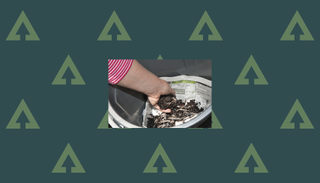
5 Place a single sheet of newspaper on the platform and add about two to three inches of bedding in the middle.
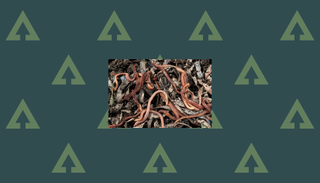
6 Add worms. Leave the lid off so the light makes them bed in.

7 Add kitchen waste only when the worms have disappeared. The kitchen waste should include peelings, small amounts of bread, split tea bags, egg shells and paper kitchen towels. Use very little onion, leek or citrus fruit peel as it is too acidic.
Replace the lid and ensure the clips are securely clipped into place otherwise the worms will just crawl out of the bin in the dark.
Kitchen waste can be kept in a dark plastic container and turned every two or three days (aerobic composting) until ready to be used. Tip off excess liquid before adding to the top of bedding.
Kitchen waste can be added every three or four days in a thin layer across the top. If it has not been eaten don’t add any more, wait until it has disappeared.

8 Don’t use the lime supplied with some wormery kits as the compost will become too acidic and could kill the worms! The ideal ph is neutral and one handful of egg shells every four weeks or so should achieve this.
The presence of tiny cotton thread-like white worms (natural and quite harmless) is an indicator of acidic conditions. Blue Litmus Paper (40p from the chemists Boots) will turn red if the bedding is too acidic.

9 After a month have a look for good worms which can be used for fishing. Check around the edge, and within the top three inches of bedding.
Top advice on wormery upkeep
- Every four to six weeks add another layer of bedding because the original two to three inch layer of bedding should be reduced to worm castings (i.e. have been digested and gone through the worm’s body).
- If the waste material looks too wet, only use dry shredded newspaper in the bedding, adding more if necessary to soak up the excess.
- When the bedding reaches the top (typically 8 to 10 months) take out the top three inches of bedding where the worms should be and set it aside ready to be reintroduced into the bin once it has been emptied. Then tip the rest of the bedding onto a sheet and look through for any worms. Also look for the eggs which worms lay every two weeks – they go brown when ready for hatching – and reintroduce these eggs to the new bedding in the bin.
- The old bedding can be used in handfuls as a top dressing or can be used to make quality potting compost, a topping for house plants and garden tubs and is excellent for tomatoes and roses.
- After ten weeks the liquid feed in the bottom of the bin should be ready to be tapped off and then the wormery sump should be emptied every couple of weeks or so by using the tap.
- If the wormery is kept outside, place it on a few bricks to give easy access to the tap which should be turned 180 degrees from right to left to fully open. To use the liquid feed for organic plant food dilute with ten parts water.
Running from 1964 until 2020, Angler's Mail was the UK's leading weekly magazine devoted to coarse fishing, telling readers everything they needed to know about which fish to catch, where to catch them, and what kit they needed to do it. Now, loads of the magazine's expert advice can be found on Advnture.com, as a helpful resource for angling newcomers and experts alike.


